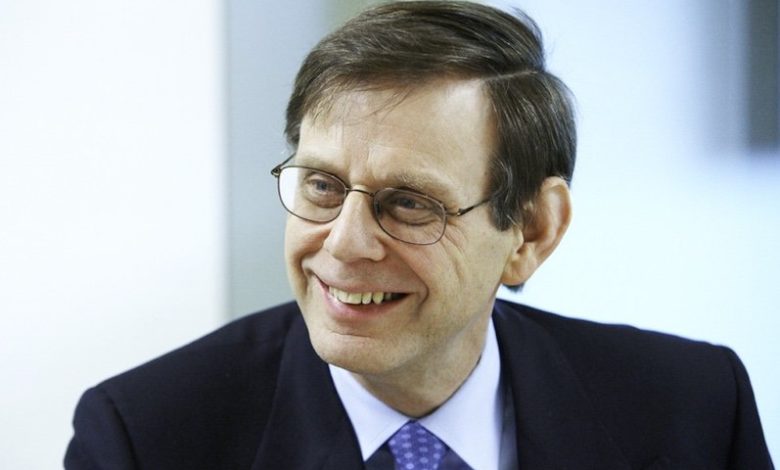$3.4trn: Stopford puts a price tag on the global fleet upgrade needed through to IMO 2050

The world’s most famous shipping economist, Dr Martin Stopford, has put a dollar figure estimate on what shipping will need to spend on the global merchant fleet to ensure ships comply with the International Maritime Organization’s 2050 decarbonisation goals as well as handling likely increased trade growth over the coming three decades. The IMO has demanded shipping slash its emissions by at least 50% by 2050 compared to 2008 levels.
Speaking at a Capital Link event yesterday, Stopford, the non-executive president of Clarkson Research Services, said, in what he conceded was a “very crude” estimate, $3.4trn would need to be spent upgrading the merchant fleet between now and 2050, split $2.2trn to ensure tonnage is green enough to meet regulatory goals and $1.2trn to factor in increased global trade.
The huge outlay in fleet upgrades could only be met if charterers come onboard to help shipowners achieve their decarbonisation goals, Stopford said.
An influential study last year from UMAS and the Energy Transitions Commission for the Getting to Zero Coalition put a $1trn to $1.9trn figure on shipping’s decarbonisation bill through to 2050.

The same Stopford who predicted in his 2002 book that insulated porthole containers would be the future for reefer shipping?
Most probably this will not even be enough! I don’t think that this includes the 500,000 large wind turbines necessary to produce the electric energy required for the electrolysis and liquefaction of hydrogen and ammonia.
The fourth generation of biofuel could achieve decarbonization much more economically and with less stranded assets, which are for sure also not yet included in the calculation. We are implementing currently projects for converting agricultural biomass waste like sugarcane trash, orchard pruning residue, park, and garden waste etc. into renewable, carbon-neutral fuel that fulfills the ISO8217 requirements of the currently required fossil VLSFO from the tap. The quality has been tested by the shipping industry and found excellent – in principle MGO with a little bit higher sulfur content (0.2%). This can also be further reduced to 10 PPM for road diesel according to ASTM D975/EN590. My back-of-the-envelope calculation showed a price tag of roundabout $350 billion to render the maritime industry at least 75% carbon neutral by 2030. That’s doable!